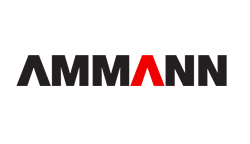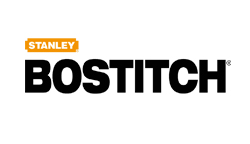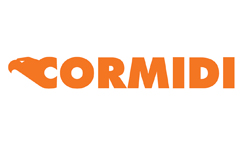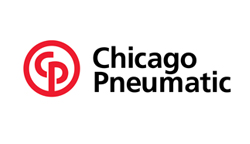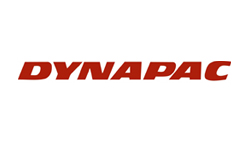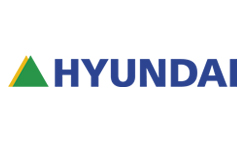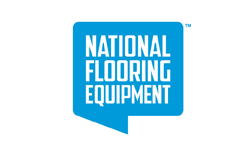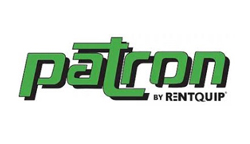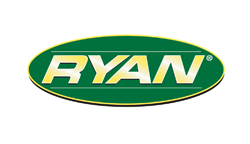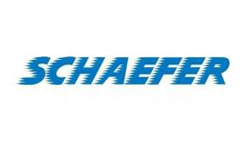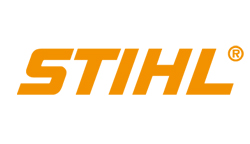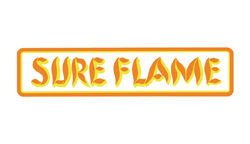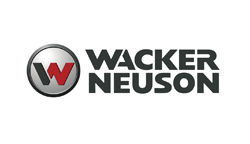Tips for Choosing The Right Compaction Equipment
Compaction is a significant part of the building process and almost all types of construction projects utilize mechanical compaction techniques.
So how do you know which piece of compaction equipment you will need?
There are a variety of types of soil, types of compaction, and compaction equipment. A&B Tool Rentals rents a variety of compaction equipment based on the needs of your job site. Before you jump into compacting on your job, we need to determine a few things first. Let’s start with the basics:
What is soil?
- the upper layer of earth in which plants grow, a black or dark brown material typically consisting of a mixture of organic remains, clay, and rock particles.
- Soil is a mixture of organic matter, minerals, gases, liquids, and organisms that together support life.
Now that we got that out of the way... What is the point of compaction?
- Increases load-bearing capacity
- Reduces settling of soil
- Reduces shrinkage of soil
- Reduces water seepage, swelling, and contraction
- Provides better stability
Now that we understand what soil is and why it needs to be compacted, let’s discuss the various types of compaction that are available.
There are 4 types of compaction effort that are found in the 2 principal types of compaction force which is static and dynamic:
-
Static force is the deadweight of the machine. You are applying downward force on the soil surface by just the weight or adding your own weight and force to it. Kneading and pressure are 2 examples of static compaction. The only way to change the effectiveness is by adding or subtracting weight on the machine. This form of compaction force is limited to upper soil layers and any appreciable depth.
Think of a lawn roller, you fill it with water and roll it over the soil. The only way to change the force is by adding or removing water
-
Dynamic force using a mechanism to create downward force addition to the weight of the machine. It is usually engine driven and can be vibratory or impact. A vibrating machine is usually a rotating eccentric weight or piston/spring combination (in rammers). The vibration moves through the material and settles the particles in motion and moves them closer together for higher density. The compactors deliver a rapid sequence of blows (impacts) to the surface which can reach the deeper layers as well as the top layers.
Examples for vibratory are rammers (jumping jacks) and large and small rollers. Machines for impact would be plate compactors.
.
Soil Types
Don’t forget, there are different types of soil to consider now as well. There are 3 basic groups of soil:
- Cohesive – smallest particle size. Dense and tightly bound together. Example: clay
- Granular – range in particle size and can be sand and fine to medium gravel.
- Organic (this soil is not suitable for compaction and will not be discussed)
Cohesive and granular is very black and white. But what happens when they are mixed which is more common in the field?
If you can determine the percentage in the mixture, you’ll want to choose your equipment based off of what type of soil holds the larger percentage. Equipment testing may be required to match the best machine for the job.
Asphalt is considered granular due to its base of mixed aggregate sizes (crushed stone, gravel, sand and fines) mixed with asphalt cement. It must be compacted with pressure (static) or vibration.
If you’d like to read further on the different soil types, conditions, and testing, click HERE for a detailed PDF.
So the big question, how the heck do you know what you need if this isn’t what you do for a living? An A&B Tool Rentals representative can ask the right questions to determine your job and the end results and recommend the correct piece of equipment.
We’ll briefly review the compaction equipment available and some applications they are best suited for.
*Compaction tip: Soil CAN be over-compacted if the compactor makes too many passes. Over compaction is like constantly hitting the concrete with a sledgehammer, it will eventually crack. This will reduce density and is a waste of man-hours and adds unnecessary wear to the machine. Often times, it can cause damage to the machine if you continue and you may have to send it in for service or repair.
Okay let’s review the equipment types:s
Rammers (also known as jumping jacks)
- High impact force making them excellent for cohesive and semi-cohesive soils
- Frequency range 500-750 blows per minute
- Powered by gas or diesel engine powering a large piston set with two sets of springs
- Inclined at a forward angle to allow forward travel as the machine jumps
- Covers 3 types of compaction: impact, vibration, kneading
Vibratory Plates (also known as plate tamper)
- Low amplitude and high-frequency 2500vpm to 6000vpm.
- Used for Granular soils and asphalt
- Vibrations cause forward motion
- Engine and handle are vibrations isolated from the vibrating plate
- Plates used for asphalt have a water tank and sprinkler system to prevent asphalt from sticking.
- Type of compaction: vibration
Reversible Vibratory Plates (also known as plate tamper)
- Two eccentric weights that allow a smooth transition for forward or reverse trave
- Increased compaction force as the result of dual weights
- Ideal for semi-cohesive soils
- Unlike standard plates, the reversible’s forward travel may be stopped for “spot” compaction
Smooth Rollers
- Ideal for soil and asphalt
- Dual steel drums powered by gas or diesel engines
- Frequency around 4000vpm
- Amplitudes .-18 to .020.
Padded Rollers
- Also known as trench rollers
- Built to withstand the rigors of confined compaction
- Ideal for cohesive soils
- Drum pads provide a kneading action on soil
Ride-On Rollers
- Primarily used for asphalt but suitable for soil and sub-base
- Small units good for patch jobs with thin lifts
- Single drum or tandem
- High productivity
Rubber Tire
- Equipped with 7-11 pneumatic tires
- A static roller by nature, force is altered by adding or subtracting weight added as ballast in the form of water or sand.
- Weight ranges from 10-35 tons.
- Compaction effort is kneading and pressure.











